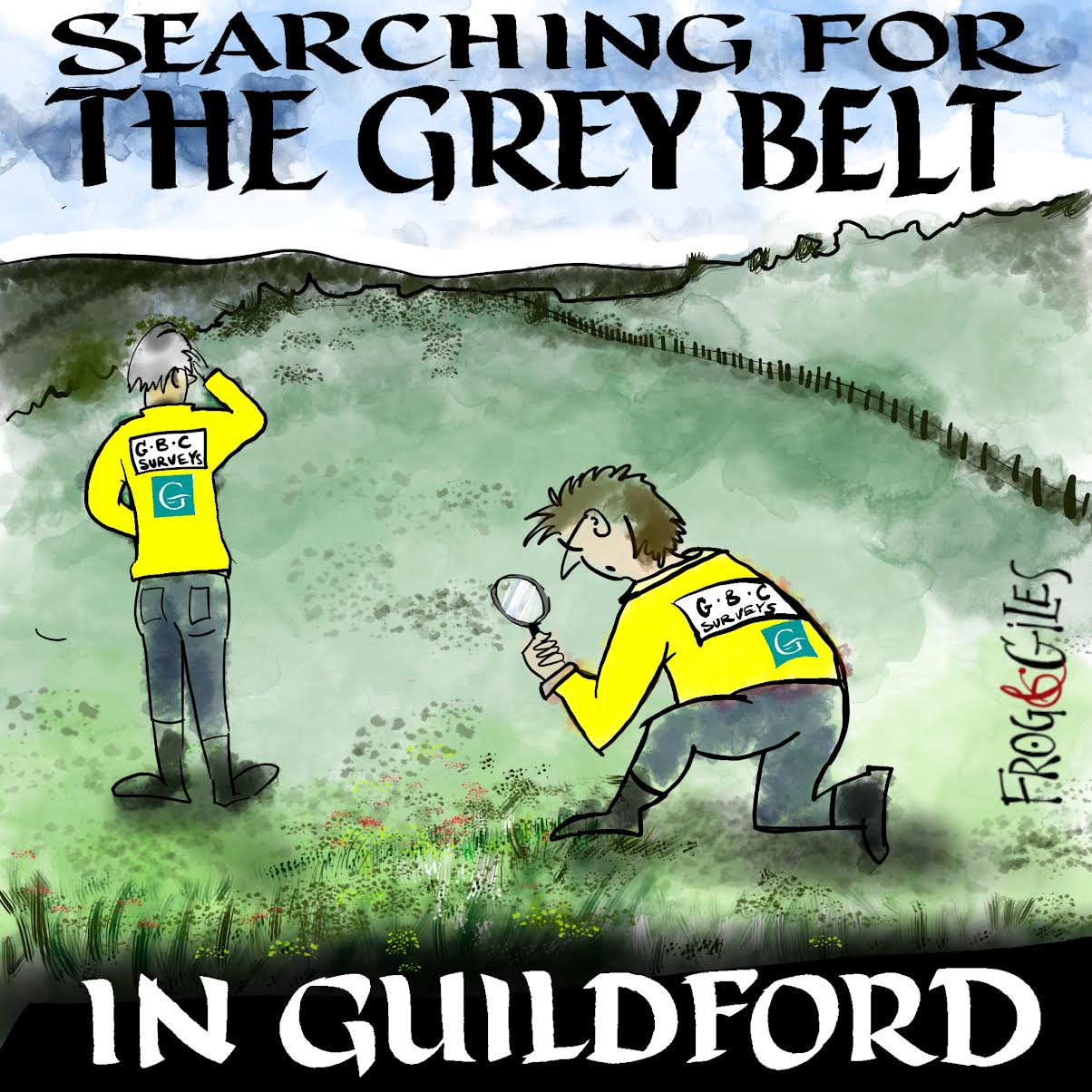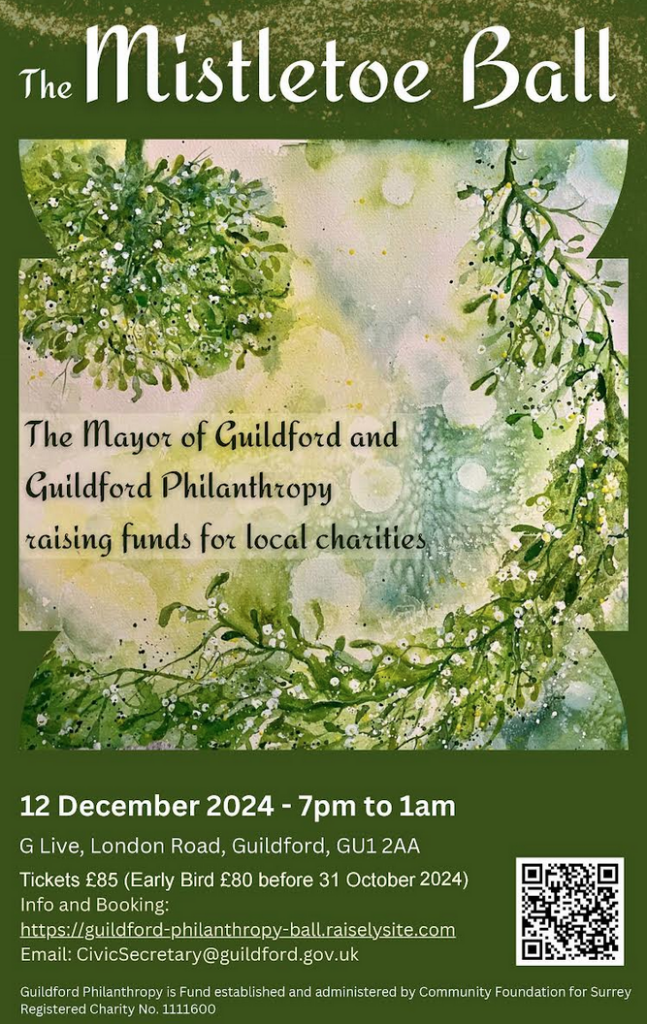 Abraham Lincoln
If given the truth, the people can be depended upon to meet any national crisis...
Abraham Lincoln
If given the truth, the people can be depended upon to meet any national crisis...
 Guildford news...
for Guildford people, brought to you by Guildford reporters - Guildford's own news service
Guildford news...
for Guildford people, brought to you by Guildford reporters - Guildford's own news service
Letter: Rare Bee Spotted in Guildford
Published on: 2 Jul, 2016
Updated on: 2 Jul, 2016
From Harry Eve
Thanks to Hugh Coakley for his articles on Honey Bees. They take us into the fascinating world of a species that we humans have developed a close relationship with – mainly for the economic benefits of honey and beeswax.
At least our honey bees have a home to go to. Solitary bees are “homeless” and have to find somewhere to shelter in wet weather.
The arguments over pesticide use also remind us of the importance of other insect pollinators to our wellbeing – bumblebees gaining much of the credit.
Hugh’s recent Beekeeper’s Notes July 2016 mentioned one our solitary mining bees, Andrena hattorfiana, that I found sheltering in a common spotted orchid yesterday (June 30).
Previously, I have only found them under less exotic flower-heads.
See if you can spot it in the orchid photo and then look at the enlargement at the end of this letter.
This is a male (easily distinguished from the female by its prominent white “lip”). It also has a fine“head” of brown hair on its thorax but they tend to go bald after a while.
The females are very distinctive when carrying scabious pollen to provision the mines that their young develop in.
Another photo shows the even rarer red-banded variety.
There are many other species of mining bee living in Guildford, including one that selects only the pollen of White Bryony. This one rejoices in the name Andrena Florea.
White Bryony is also home to the Bryony Ladybird, a species that was first recorded in Britain as recently as 1997.

Its distribution is still quite limited in the UK but it does seem to like Guildford’s countryside. It has eleven spots on its wing cases – not all visible in the photo.

"Found any?" - "Nope, it all looks green to me!" (See Opinion: The Future is Congested, the Future is Grey)




Recent Articles
- Sara Sharif Trial Latest – Defence Says Sara’s Uncle ‘Facing Murder Count on Absolutely Nothing’
- Ash Level Crossing Row: GBC Rejects Cabinet Member’s Statement As ‘Factually Incorrect’
- Letter: What Will Be Done for Burpham Residents Now?
- County Council Cabinet Confirms Its Decision on London Road Scheme
- Postcode Lottery Police Funding – It ‘Cannot Be Fair’ Says Police Commissioner
- Heartbreak for City Again as Two Extra-time Goals Snatch Victory
- Letter: All Three Major National Parties Are Relaxed About Green Belt Giveaways
- Updated: Ash Level Crossing Decision ‘Was Made Without Approval of Surrey Highways’
- Dragon Interview: Julia McShane leader of GBC’s Lib Dems
- Letter: Ash Bridge – We Need Accountability and Competence


Search in Site
Media Gallery
Dragon Interview: Local Artist Leaves Her Mark At One of England’s Most Historic Buildings
January 21, 2023 / No Comment / Read MoreDragon Interview: Lib Dem Planning Chair: ‘Current Policy Doesn’t Work for Local People’
January 19, 2023 / No Comment / Read MoreA3 Tunnel in Guildford ‘Necessary’ for New Homes, Says Guildford’s MP
January 10, 2023 / No Comment / Read More‘Madness’ for London Road Scheme to Go Ahead Against ‘Huge Opposition’, Says SCC Leader
January 6, 2023 / No Comment / Read MoreCouncillor’s Son Starts Campaign for More Consultation on North Street Plan
December 30, 2022 / No Comment / Read MoreCounty Council Climbs Down Over London Road Works – Further ‘Engagement’ Period Announced
December 14, 2022 / No Comment / Read MoreDragon Interview: GBC Reaction to the Government’s Expected Decision to Relax Housing Targets
December 7, 2022 / No Comment / Read MoreHow Can Our Town Centre Businesses Recover? Watch the Shop Front Debate
May 18, 2020 / No Comment / Read More










Recent Comments